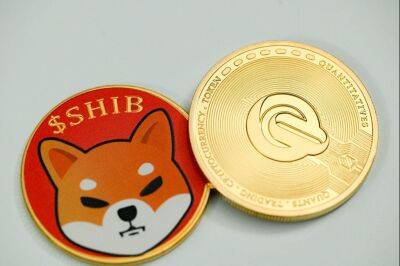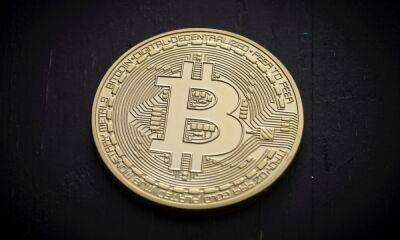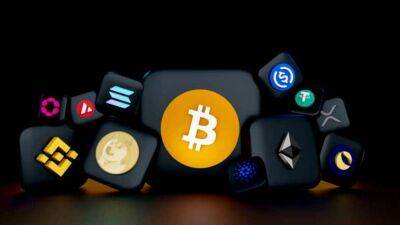Is there a secure future for cross-chain bridges?
The plane touches down and comes to a halt. Heading to passport control, one of the passengers stops at a vending machine to buy a bottle of soda — but the device is absolutely indifferent to all of their credit cards, cash, coins and everything else. All of that is part of a foreign economy as far as the machine is concerned, and as such, they can’t buy even a droplet of Coke.
In the real world, the machine would have been quite happy with a Mastercard or a Visa. And the cash exchange desk at the airport would have been just as happy to come to the rescue (with a hefty markup, of course). In the blockchain world, though, the above scenario hits the spot with some commentators, as long as we swap traveling abroad for moving assets from one chain to another.
While blockchains as decentralized ledgers are pretty good at tracking transfers of value, each layer-1 network is an entity in itself, unaware of any non-intrinsic events. Since such chains are, by extension, separate entities vis-à-vis one another, they aren’t inherently interoperable. This means you cannot use your Bitcoin (BTC) to access a decentralized finance (DeFi) protocol from the Ethereum ecosystem unless the two blockchains can communicate.
Powering this communication is a so-called bridge — a protocol enabling users to transfer their tokens from one network to another. Bridges can be centralized — i.e., operated by a single entity, like the Binance Bridge — or built to varying degrees of decentralization. Either way, their core task is to enable the user to move their assets between different chains, which means more utility and, thus, value.
As handy as the concept sounds, it is not the most popular one with many in the community right now. On one hand,
Read more on cointelegraph.com























